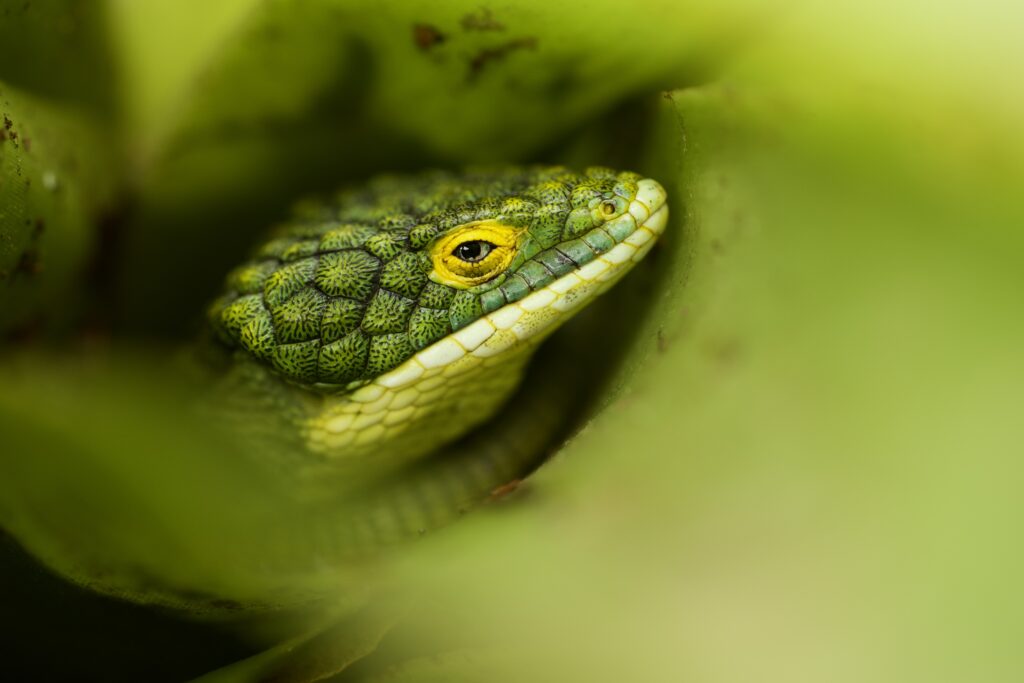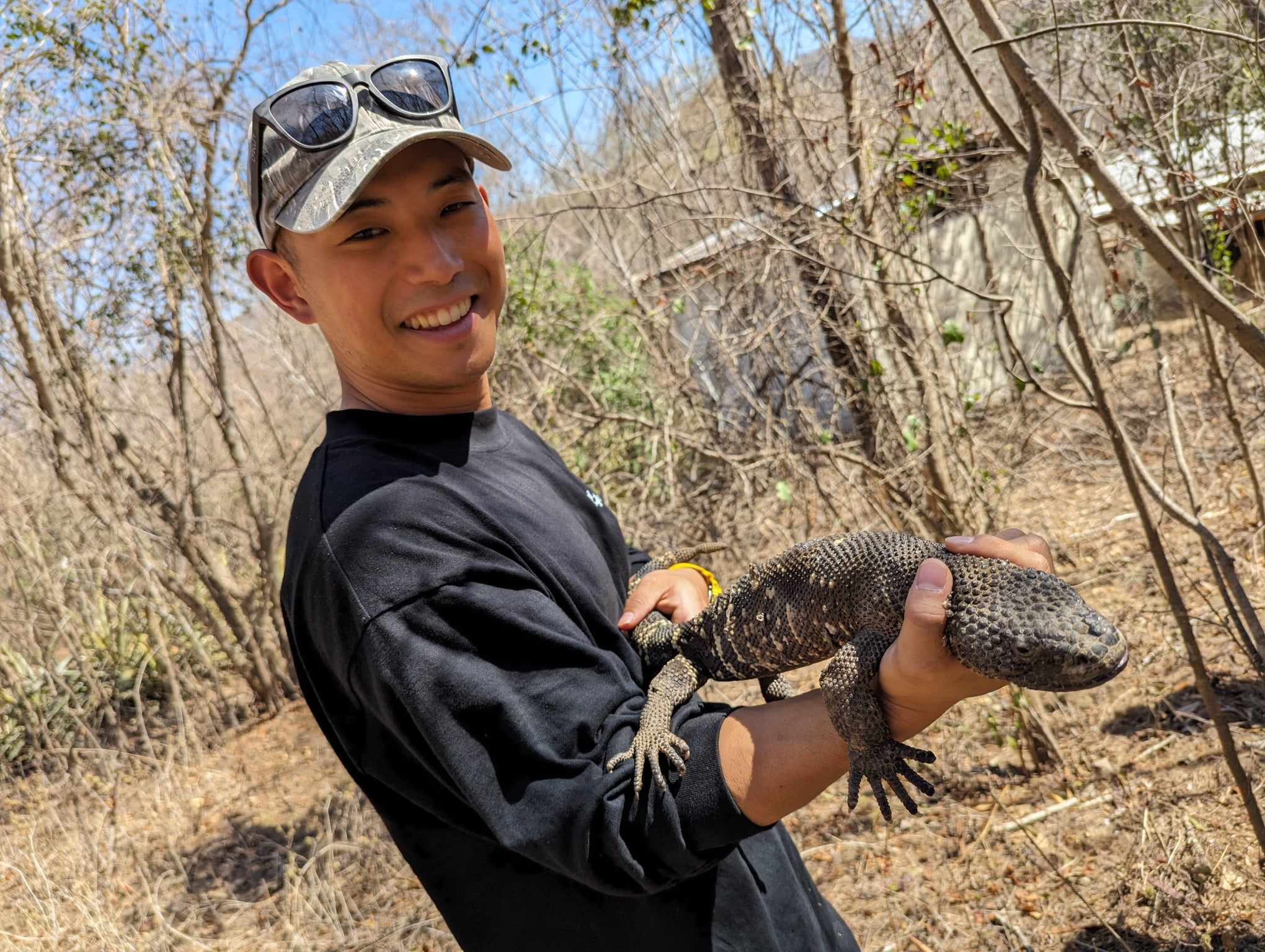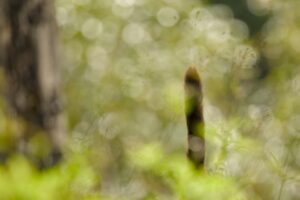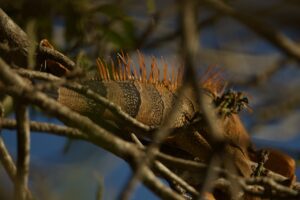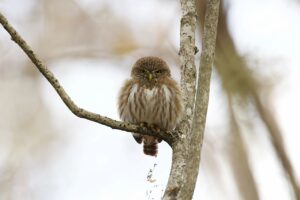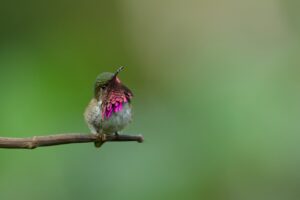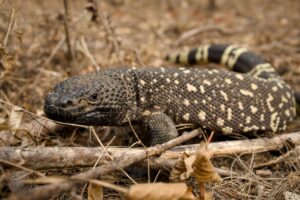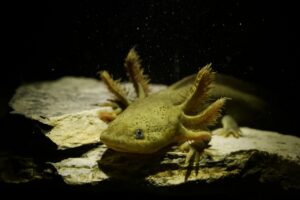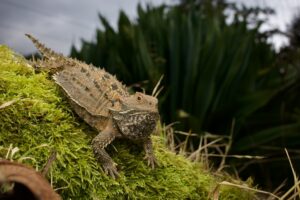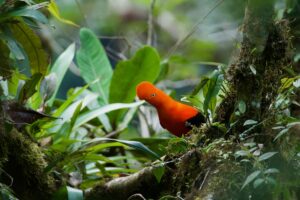This time, I traveled to Mexico in search of the wild Abronia braminea. Personally, I believe it’s the most beautiful lizard in the world with its stunning scales. During my trip, I discovered some unexpected aspects of their behavior and habitat that go beyond the commonly available information. I hope this will be helpful for those planning to search for them in the wild or to create optimal conditions for their captive care.
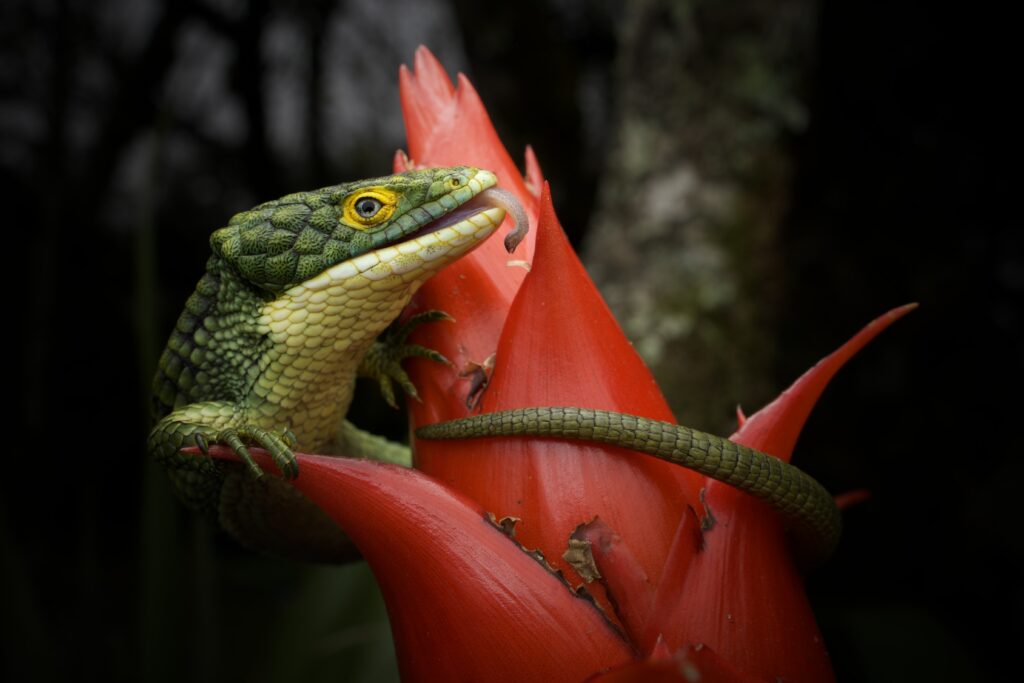
Habitat
According to online sources, Abronia braminea inhabits regions at altitudes of around 1,500–2,500 meters. The location I visited for observation was over 2,300 meters above sea level. I planned this trip to coincide with the monarch butterfly migration, making it a wintertime observation. Despite the cold season, with minimum temperatures dropping to 7°C (45°F), the lizards were active even in such conditions.
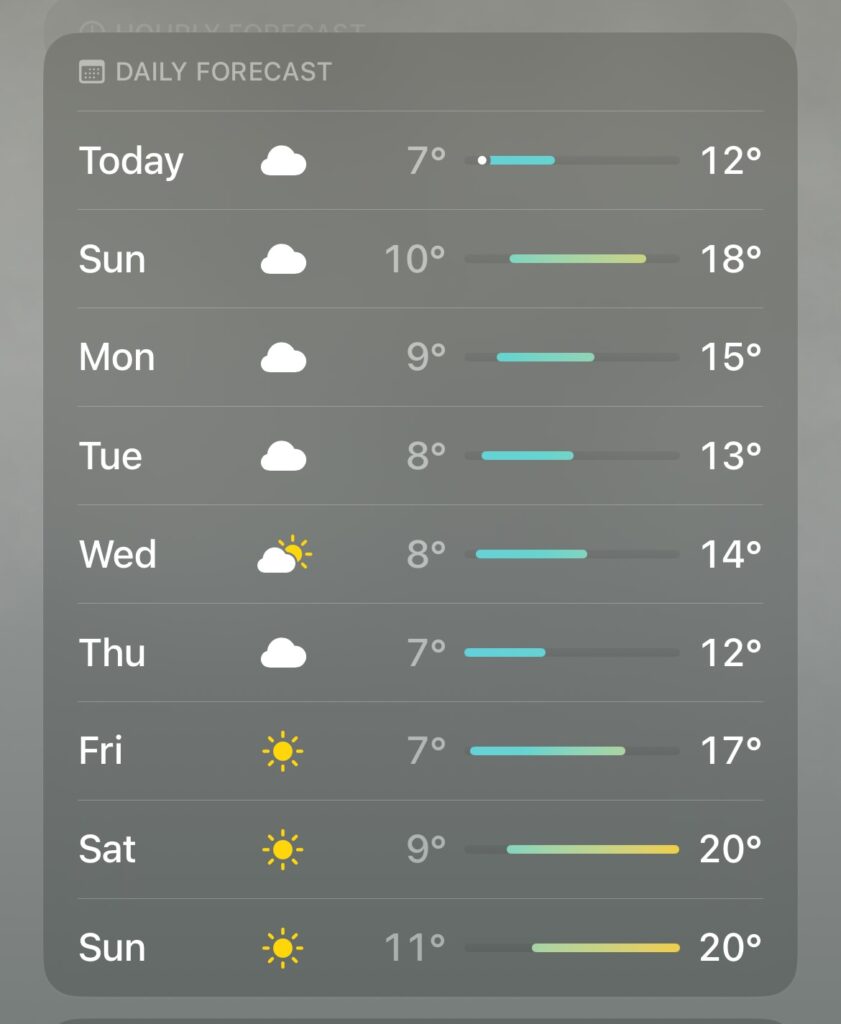
The mountainous forest offered breathtaking scenery, with snow-covered peaks visible in the background.
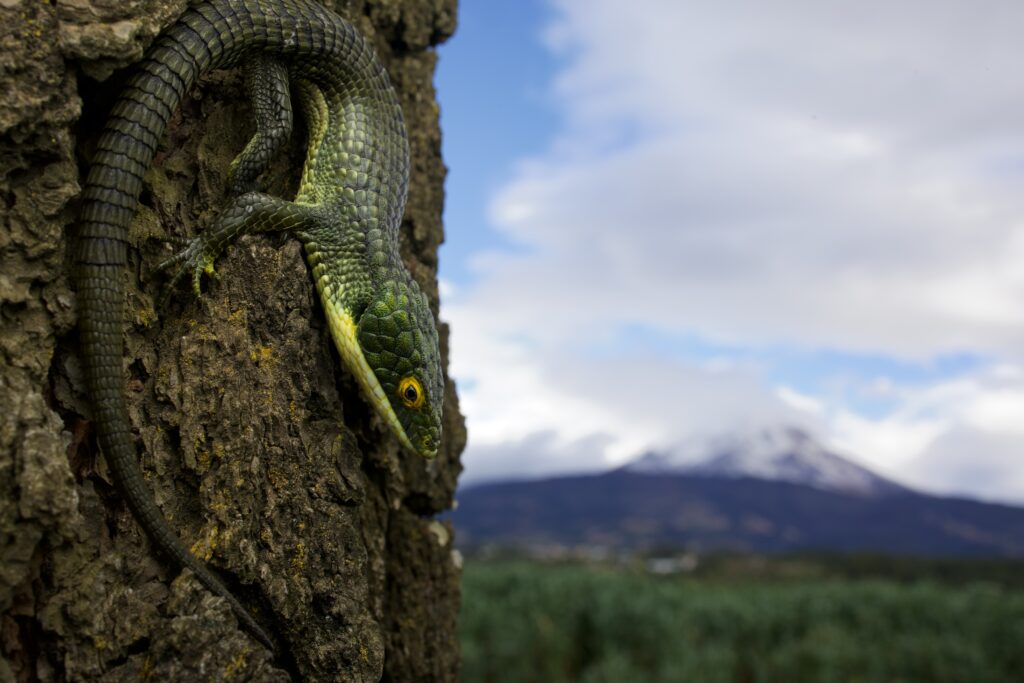
The area had extremely high humidity levels, with nighttime rain and thick morning fog that made driving challenging. While this doesn’t happen every day, during my three-day, two-night stay, the mornings were shrouded in dense fog twice.
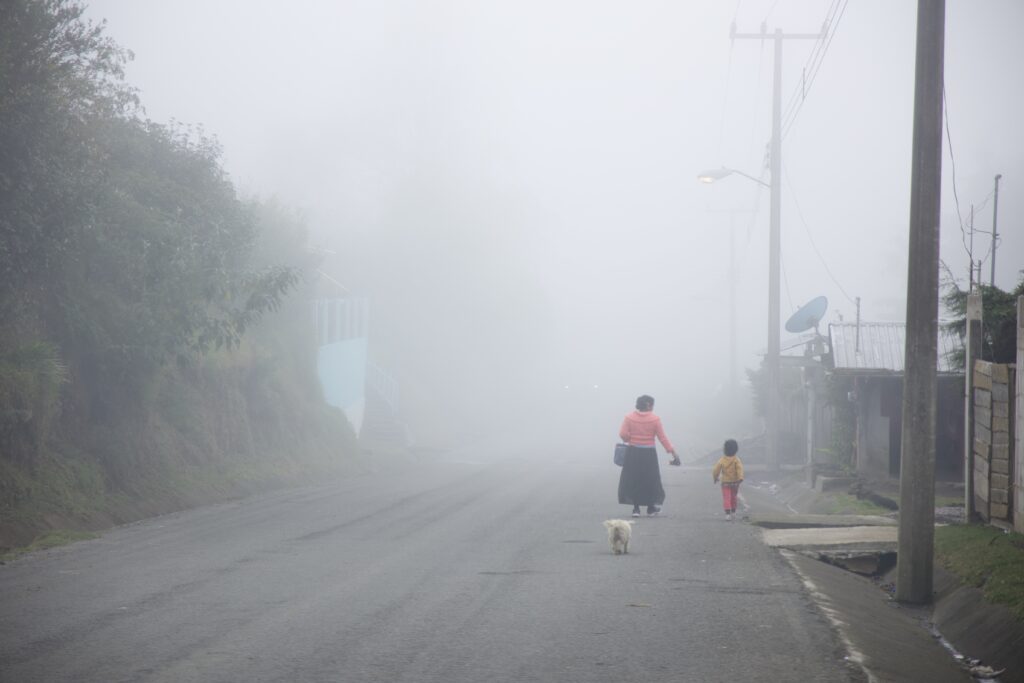
Much of the available information suggests that Abronia species are typically found high up in the canopy, making them difficult to locate. However, during my observation, I discovered Abronia braminea active at eye level and even on the ground. This suggests they may also inhabit lower areas than commonly believed.
That said, local people informed me that certain Abronia species can only be found in the trees, reinforcing the idea that preferred height varies by species.
The areas where I found them active were mainly on broadleaf tree trunks, often covered in moss and epiphytic plants like bromeliads. These plants maintain high humidity levels and can hold water, attracting frogs and insects, which the lizards prey on. The lizards also come to drink water from the bromeliads.
Nearby, there were also many coniferous trees, but the lizards reportedly don’t inhabit them.
Active Hours
Online information frequently describes Abronia as crepuscular, active during the early morning and late afternoon. However, speaking with local experts revealed this isn’t always the case.
In high-altitude areas where Abronia live, the closer proximity to the sun results in greater temperature fluctuations between day and night. Abronia are most active when the temperature reaches around 20°C (68°F), which occurs during a short window of time.
In warmer seasons, such as summer, this ideal activity temperature coincides with morning and evening hours, leading to heightened activity during those times.
However, during my winter visit, the temperature suitable for Abronia activity was only reached in the early afternoon, when the fog began to clear. Outside this time frame, I found no signs of any animals.
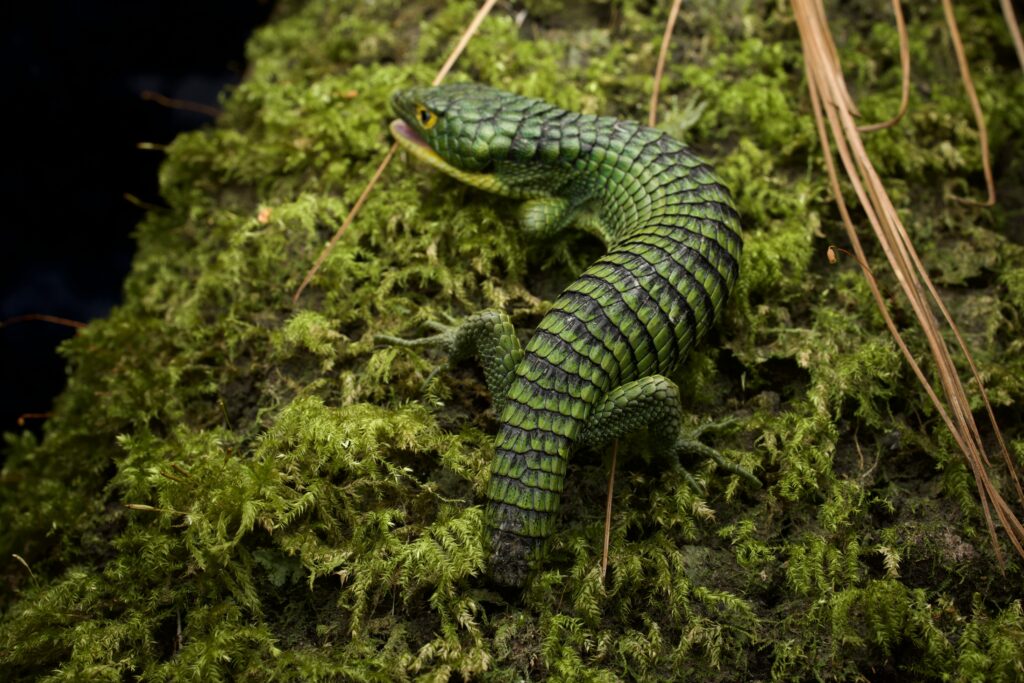
Local Name
Locals refer to Abronia as “scorpion” because of their strong, powerful bite. This nickname reflects a widespread belief that these lizards are venomous, which has unfortunately led to many being killed out of fear.

Conclusion
Despite their beauty, Abronia are misunderstood and feared by locals in their native habitat. If you’re planning a herping trip to Mexico, I highly encourage you to search for Abronia in the wild. Their unique beauty and fascinating behavior make the effort worthwhile.
